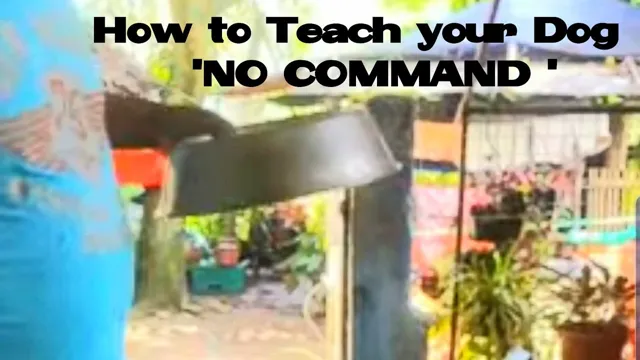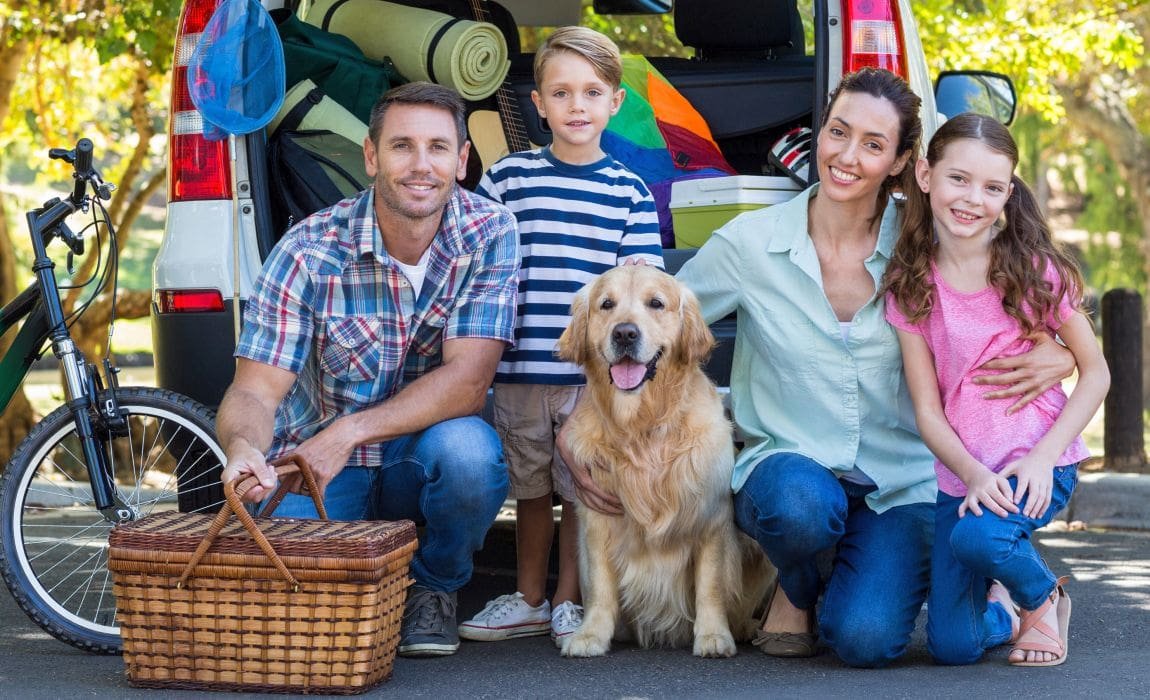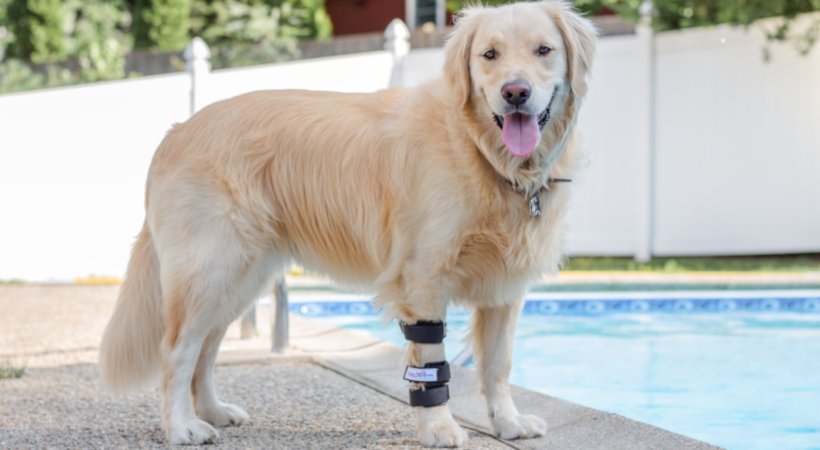Teaching Your Dog the ‘Release’ Command: A Step-by-Step Guide for Pet Owners
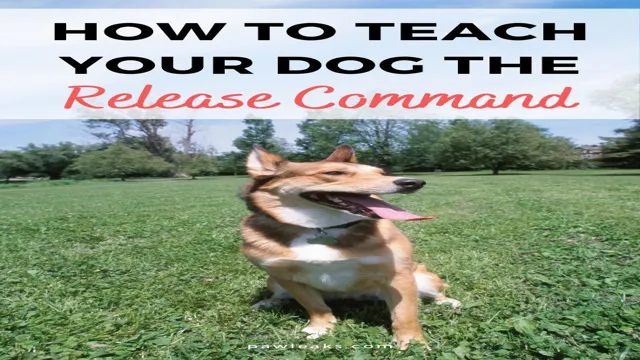
It’s important to teach your dog the release command, so they understand when to stop an action or behavior. This command is useful in helping to keep your pup safe and can also be used to help them learn other commands. With a few simple steps, you can help your pup learn the release command quickly and easily. In this blog post, we’ll look at how to teach your dog the release command, the importance of mastering this command, and the benefits it can bring. So, let’s dive in and learn how to teach your pup this valuable command!
What is the Release Command?
If you’ve ever wanted to teach your pup to stay put, then the release command is a great way to do it. The release command is an essential tool for any canine owner, as it teaches your pup when it’s okay to move from a specific spot. Once your pup has mastered the release command, it can be used in a variety of situations, including when you’re playing fetch, taking a walk, or when you want to move your pup out of the way. The release command is a simple way to get your pup to stop whatever it’s doing and obey your commands. It’s important to note that this command should not be used as a punishment.
Instead, the release command should be used as a way to teach your pup when it’s okay to move, as well as to show them that you are in charge. To teach your pup the release command, you’ll need to start by making sure you have its attention. Once you have your pup’s attention, you’ll need to give the command and make sure to reward your pup with treats and praise when it does what you ask. It’s important to be consistent with both the command and the reward so your pup will understand that when you say “release,” it means it’s okay to move. Once your pup has mastered the release command, you can start using it in more challenging situations.
For example, you can use the release command to ask your pup to come back to you after it has run off. This can be especially helpful when you’re at a dog park and you want to make sure your pup is safe. The release command is an essential tool to have in your arsenal of commands to teach your pup. With the right training and a few treats, you can make sure your pup understands the release command and knows when it’s okay to move.
Importance of Teaching the Release Command
Teaching your dog the “release” command is one of the most important commands you can teach them. This command helps establish clear boundaries and can help to prevent dangerous situations. Teaching the release command can help to ensure that your pup will stay in a safe and secure environment. It also helps to provide your pup with a sense of control, which can prevent them from developing behavioral issues. By teaching your pup the release command, you can help to ensure that they listen to you and respond to your commands quickly and effectively.
So, if you want your pup to be safe and well-behaved, learning the release command is essential.
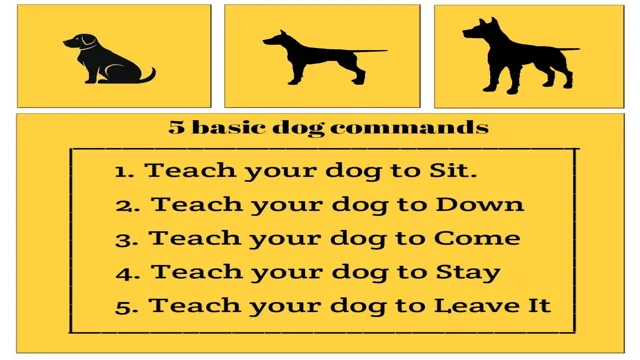
Reasons to Teach the Release Command
Learning the ‘release’ command is an invaluable tool for any dog owner. Teaching your pup to release whatever is in their mouth, on command, can help prevent them from chewing and swallowing something hazardous. It also allows you to take things away from your pup quickly and easily. Knowing how to teach your pup the release command can help you keep your pup safe and build a better relationship. Not only is it a useful command, but it’s also a fun trick to show off and teach your pup.
Here are some reasons why teaching the release command is beneficial: it helps avoid potentially hazardous situations, it can help build trust in your relationship, and it gives you a way to show off your pup’s skills.
How to Teach the Release Command
Training your dog to obey the release command is an essential part of dog training, and it can be an easy one to learn. Teaching your dog the release command can be a great way to prevent them from jumping up on people and running off when they’re off the leash. Teaching your dog the release command is a simple process that can be done in a few steps. First, take a treat in one hand and place it near your dog’s nose. When your dog smells the treat, tell them “release” in a firm voice.
As soon as your dog moves away from the treat, reward them with a treat from your other hand. Repeat this a few times, until your dog is responding consistently to the command. Next, once your dog is responding well to the command, start introducing distractions. This could be a toy, another person, or a noise. When your dog is distracted, give the release command and reward them with a treat when they back away.
This will help your dog understand that they must obey the command even when they’re distracted. Finally, once your dog is responding to the release command in all scenarios, start adding distance between you and your dog. Give the release command while they are further away from you, and reward them when they obey. This will help your dog understand that they must obey the command no matter how far away they are from you. By following these steps, you can easily teach your dog the release command.
With consistent practice and patience, your dog will soon be obeying the command in all situations. Teaching your dog the release command will help ensure that your dog behaves properly in public and doesn’t put itself or others in danger.
Step One: Positive Reinforcement
If you want to teach your dog a reliable release command, positive reinforcement is key. This involves rewarding your pup every time they perform the desired behavior. Start by using treats as rewards and gradually transition to verbal praise and petting. Whenever your pup releases, make sure to offer a reward. This will help to reinforce the behavior and build a strong relationship between you and your pup.
With consistent practice, your pup will soon understand and obey the release command.
Step Two: Verbal Cue
Once you have taught your dog to sit, the next step is teaching your pup the release command. This command is essential, as it will allow you to safely and effectively call your dog out of a particular behavior. Teaching your pup the release command is fairly easy and is typically done with verbal cues. Start by saying the phrase “release” in a relaxed and calm voice each time you want to end a session. Make sure to reward your pup with a treat or verbal praise when they comply.
With consistency and repetition, your pup will soon associate the word “release” with the end of a session and will understand when to stop and rest.
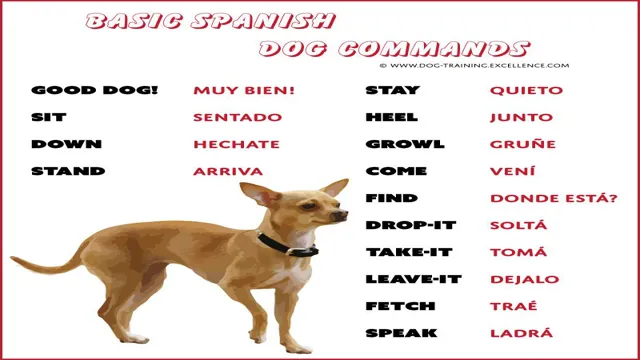
Step Three: Consistent Training
Training your dog to obey the “release” command is an important lesson for any pup. As with any command, consistency is key when teaching your pup this skill. To do this, start by saying the command clearly and firmly. Give your pup a treat each time they respond to the command. As they start to learn the command, phase out the treats and reward them with affection and praise instead.
This will help them to understand that the release command is something they should always follow, no matter what. With enough practice, your pup will be ready to obey the release command with ease.
Tips for Teaching the Release Command
Teaching your dog the release command is an important part of his training. It allows him to understand when it’s time to relax and stop whatever he’s doing. Teaching this command can be a bit tricky, but with a bit of patience and consistency, you can help your pup learn this useful cue. The first step in teaching your dog the release command is to understand when it’s appropriate to use it. This command should be used when you want your dog to stop what he’s doing.
For example, if he’s jumping on people or stealing food off the counter, you can use the release command to tell him to stop. Once you’ve decided when to use the release command, it’s time to start teaching it to your pup. Start by offering your dog a treat when you give the command. Say “release” in a firm voice and then offer him a treat. Make sure that you reward him immediately after he stops the behavior.
As your pup gets better and better at understanding the command, you can start to phase out the treats. Instead, give him praise and petting when he responds to the command. This will help him understand that he is being rewarded for following your instructions.
It’s also important to be consistent with the release command. Each time you use it, say it in the same way and reward your pup with the same thing.This will help him understand that he should stop the behavior whenever you give the command. Finally, be patient with your pup as you teach him the release command. It may take some time for him to understand what you are asking of him, but with consistency and positive reinforcement, he’ll soon learn the command. With a little patience and practice, you can help your pup learn the release command and be a better behaved pup in no time.
Use Treats Strategically
When teaching your furry friend new commands, it’s important to use treats strategically to ensure your pup learns the skills correctly. Treats are a great way to reward your pup for good behavior, but if used incorrectly, they can hinder your pup’s progress. To make sure you’re using treats correctly when teaching your pup the release command, start by giving your pup the treat as soon as they release the object they are holding with their mouth. This will help reinforce the action of letting go of the object. Also, be sure to give the treat in the same spot each time, so your pup will learn to associate this spot with the release command.
With consistency and patience, your pup will soon understand the release command and will be able to obey it without the need for treats.
Have Patience
Training your dog to obey the “release” command is an important part of responsible pet ownership. It can help keep your pup safe from potentially hazardous situations and keep them from running away. But, teaching this command isn’t always easy. It requires patience and consistency from both you and your pup. Start by teaching your dog a simple “sit” command, then gradually move onto teaching the “release” command.
When your pup sits, say “release” and offer them a treat. Repeat this process several times until your pup understands the command. It may take a few days or weeks to teach your dog the “release” command, but with patience and dedication, you and your pup will eventually get there!
Conclusion
Teaching your dog to respond to the release command is a great way to help you maintain control during training sessions, and it can even help to keep your pup safe in unfamiliar settings. With patience and consistency, you can teach your pup to understand the release command and associate it with good things. Remember, it’s not just about the words you say – it’s how you use them too. So, when it comes to teaching your pup the release command, don’t forget to unleash the power of positive reinforcement!”
FAQs
How can I teach my dog the release command?
To teach your dog the release command, begin by getting your pup’s attention with a treat and show them a treat in your closed fist. Say the command, such as “release,” and wait for your pup to lick or paw at your hand. Open your hand and reward them with the treat. Repeat this process several times until your pup understands the command.
